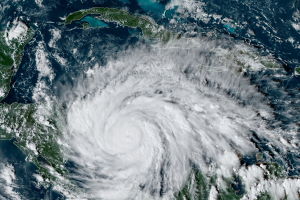 Preoccupazione in Centro America per il passaggio, a partire dal 12.11.2020, della tempesta tropicale Iota che si prevede diventi un uragano e che colpirà in sequenza Nicaragua, Honduras e successivamente El Salvador. Si prevede che salga fino alla categoria 5 e quindi potenzialmente distruttivo. Seguiremo l’evoluzione fino alla dissipazione della perturbazione.
Preoccupazione in Centro America per il passaggio, a partire dal 12.11.2020, della tempesta tropicale Iota che si prevede diventi un uragano e che colpirà in sequenza Nicaragua, Honduras e successivamente El Salvador. Si prevede che salga fino alla categoria 5 e quindi potenzialmente distruttivo. Seguiremo l’evoluzione fino alla dissipazione della perturbazione.
CRONOLOGIA INVERSA
17.11.2020 – 16:00 – Informazioni e aggiornamenti
🌀 The eye of #HurricaneIota before /after landfall as a Cat.4 #Hurricane on #Nicaragua coasts. Now impacting #CentralAmerica as a Cat.1 storm .5-hours animation of #GOES16 #climatechange #ClimateAction #HuracanIota @WeatherProf @chematierra @afreedma @wmo @ai6yrham @KOCOMichael pic.twitter.com/YErcXOPAgh
— antonio vecoli (@tonyveco) November 17, 2020
16.11.2020 – 23:00 – Informazioni e aggiornamenti
16.11.2020 – 22:30 – Informazioni e aggiornamenti
For the second time in two weeks, #hurricane conditions are nearing the northeast coast of Nicaragua.#Iota may be a rare Atlantic Basin Category 5 landfall tonight.
Latest complete forecast briefing, updates: https://t.co/FLmj2fDLG2 pic.twitter.com/VPE2t2DICG
— The Weather Channel (@weatherchannel) November 16, 2020
15.11.2020 – 23:00 Informazioni e aggiornamenti
#Hurricane #Iota forecast to become the second Cat. 4 in two weeks to strike #Nicaragua, #Honduras beginning late Monday.https://t.co/96eFjO4Cks pic.twitter.com/VrhmkFvsoH
— The Weather Channel (@weatherchannel) November 15, 2020
15.11.2020 – 20:00 – Informazioni e aggiornamenti
15.11.2020 – 18:00 – Informazioni e aggiornamenti
How crazy has 2020 Atlantic #hurricane season been? The Greek alphabet named storms (Alpha thru #Iota) have now generated enough Accumulated Cyclone Energy (ACE) to meet the NOAA average Atlantic hurricane season definition. They’ve generated 69 ACE. Average season is 66-111 ACE pic.twitter.com/tvYHm6r161
— Philip Klotzbach (@philklotzbach) November 15, 2020

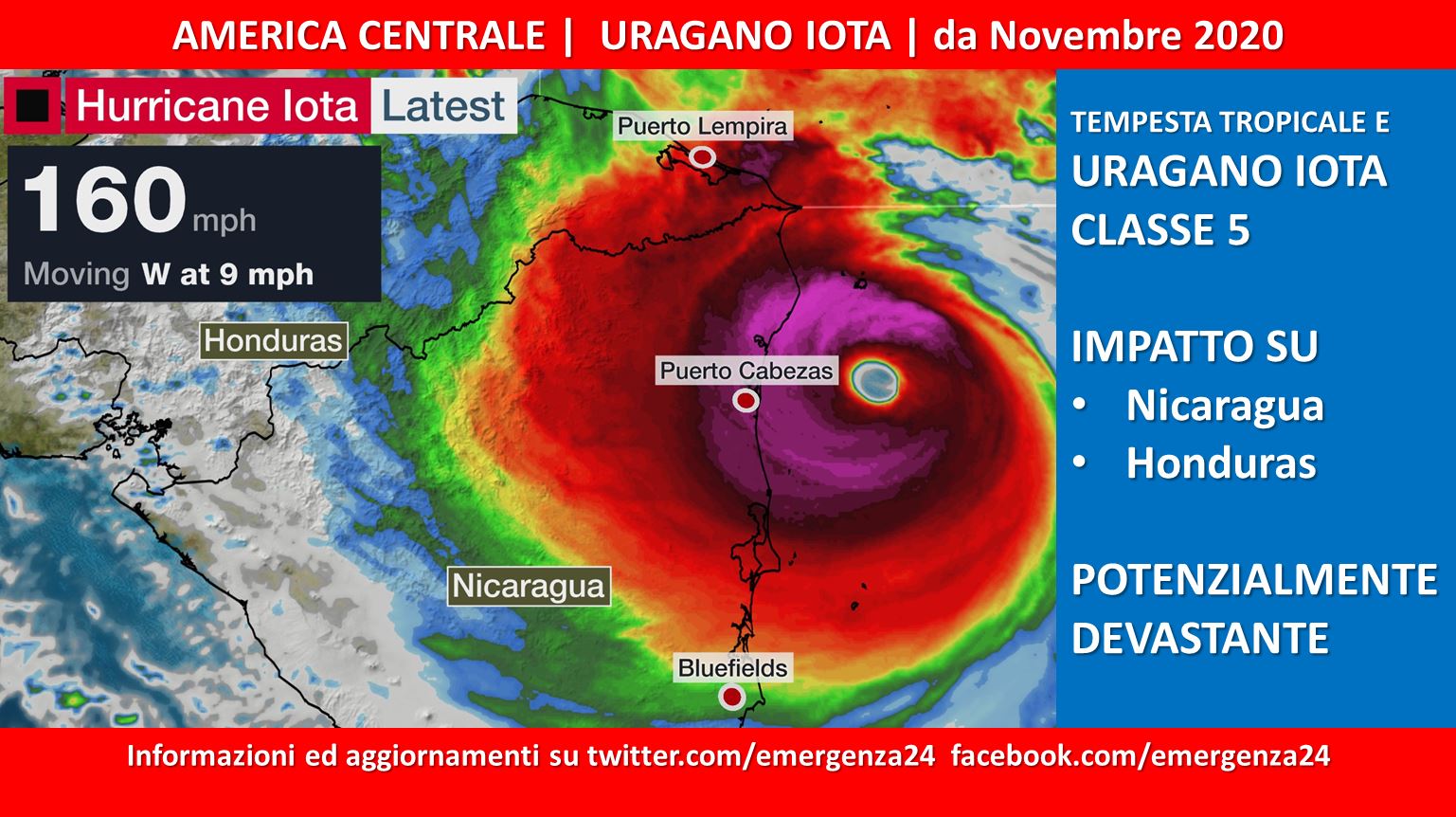
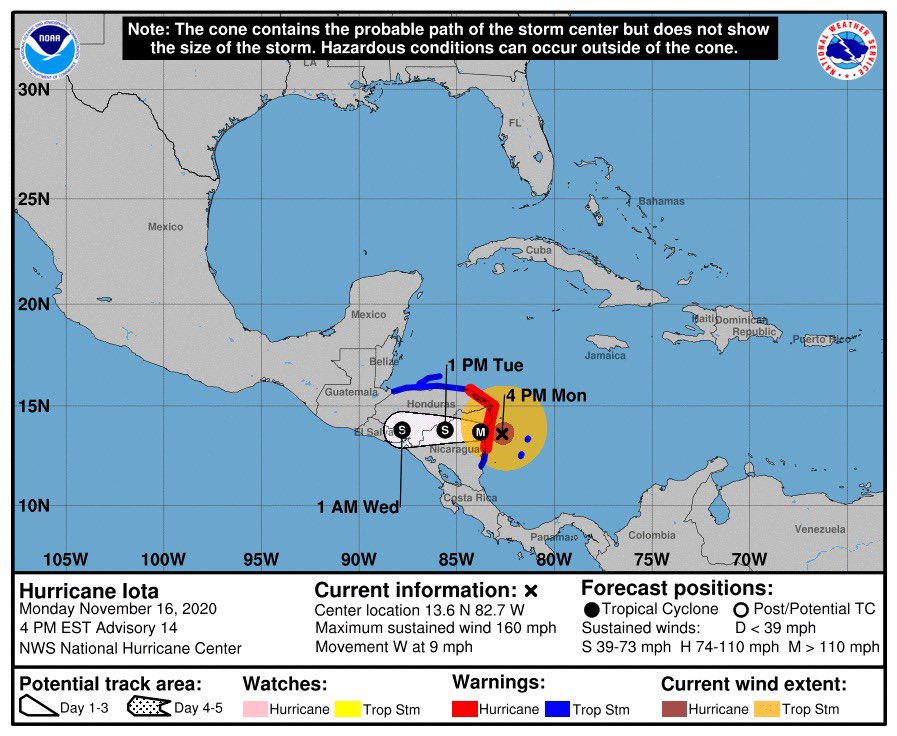
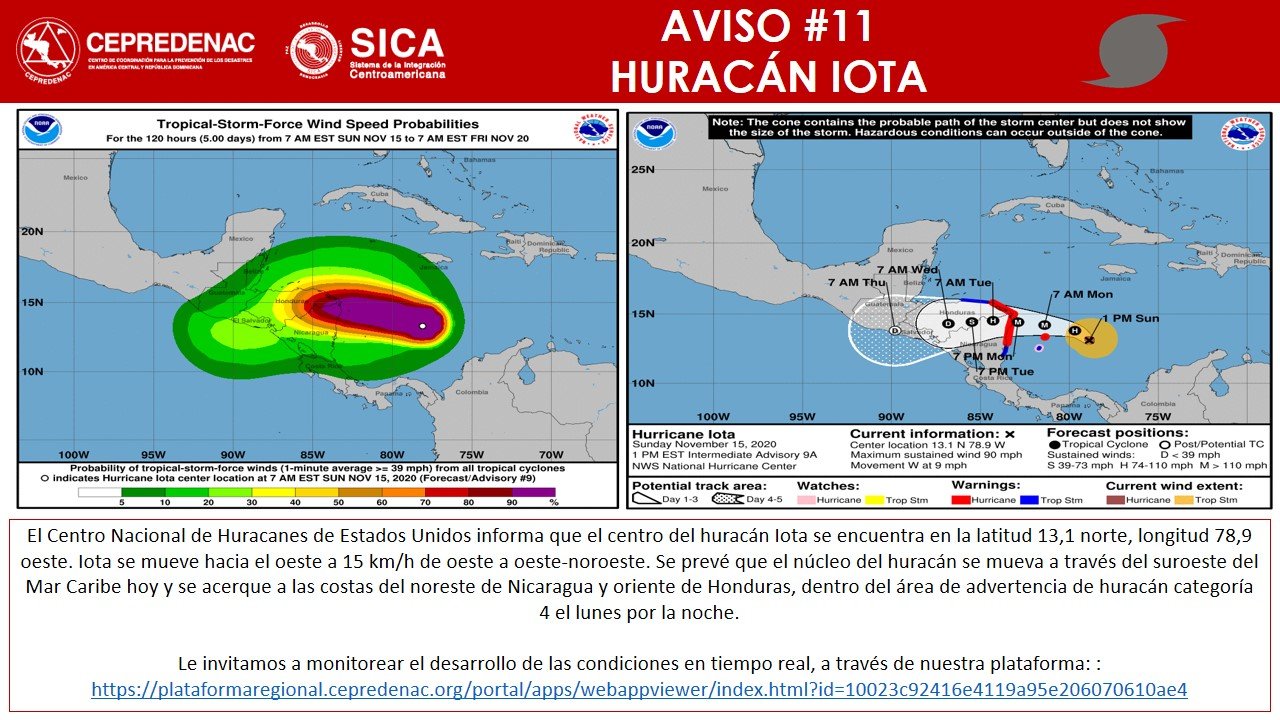
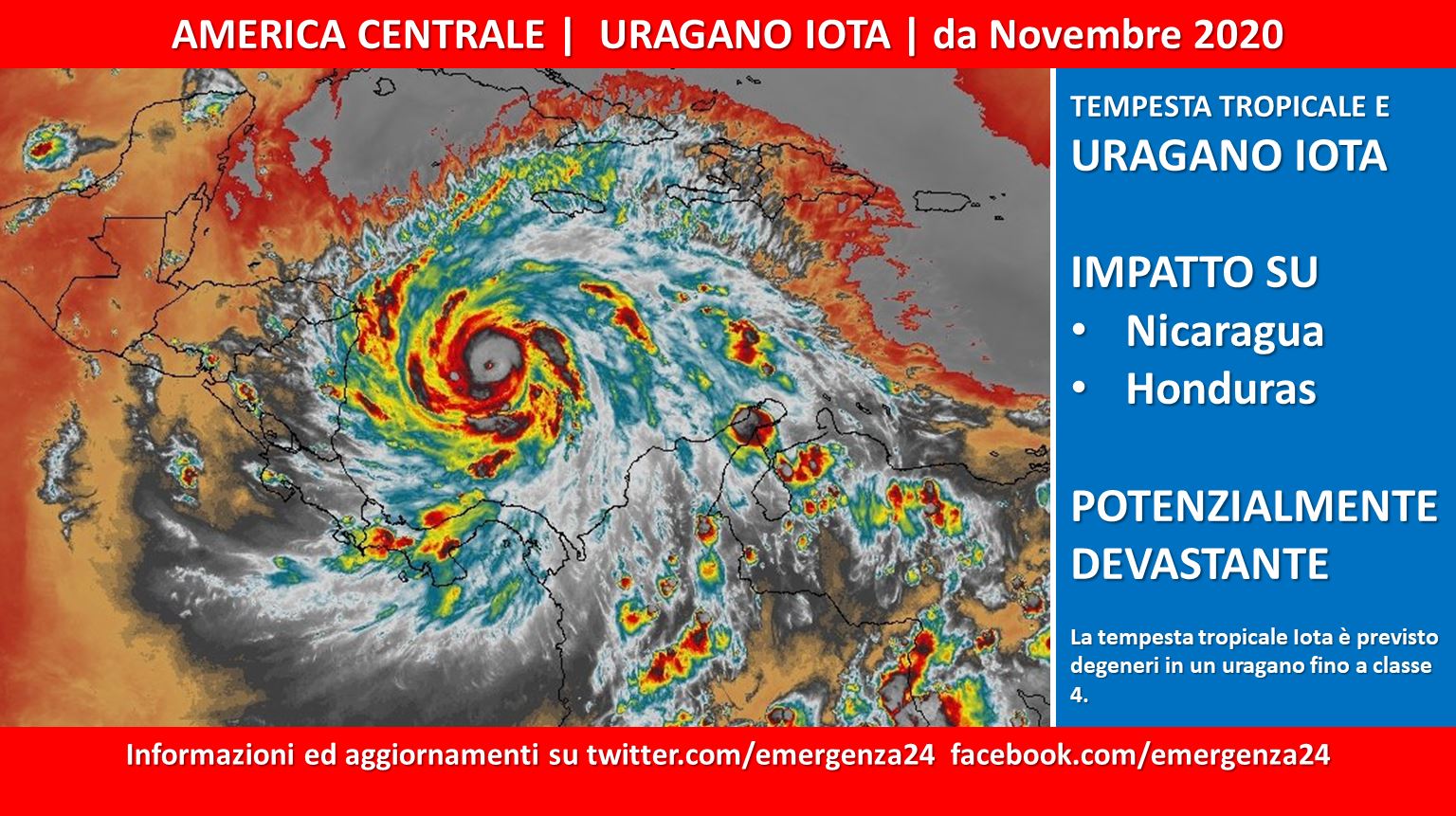
 Leggi i
Leggi i